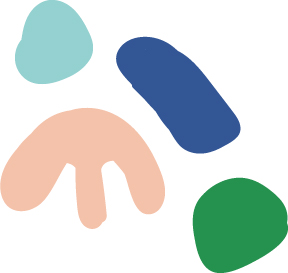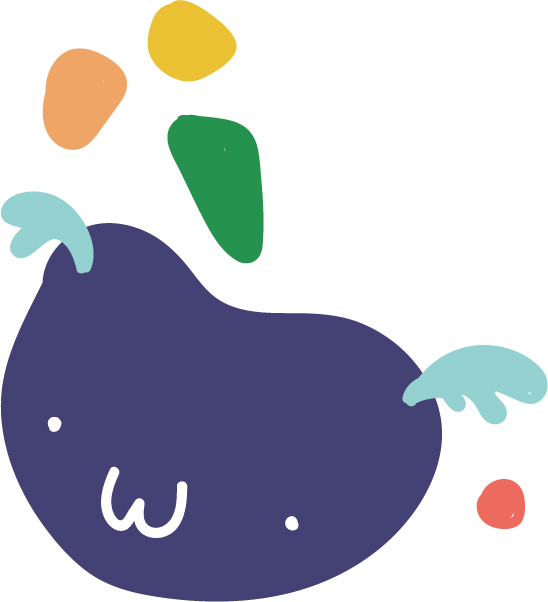

GLOBAL ROOTS
Art and culture in primary education for sustainable development
The Global Roots project aims to empower children in primary education (8-13 years) to understand, reflect and act on their rights and responsibilities as citizens in a constantly changing world. As we move through the 21st century, the world is becoming more and more complex to all of us. Technology is bringing new conditions of life as well as new challenges, paradoxes and ethical dilemmas. Political and democratic systems are under pressure, and the ecosystems and the climate are endangered to a limit that can cause serious consequences for humanity in the near future. We know we live in extraordinary times. How do we prepare for and find solutions for the times ahead, and how do we involve children in this progress?



ENGAGING SCHOOLS
With reference to the UN’s Convention on the Rights of the Child and 17 Sustainable Development Goals, the project deals with the educational framework for teaching children the role and responsibilities of being an active global citizen of today – and helping them to find a place in the high-speed, competing and multi-facetted society.
The aim is to engage teachers in primary education to provide sustainable learning environments where children through reflection and immersion can build a relationship with the world and make responsible choices.
The project will reinforce the development of key competences in primary education by providing concrete methods to develop children’s insights and basic skills, such as empathy, imagination, resilience and cognitive thinking, so they learn how to navigate in and respond constructively and critically to the present-day development.
THE ROLE OF ART AND CULTURE
The focal point of the Global Roots Project is to set up collaborations between professionals in primary education (teachers in humanistic subjects and science) and professionals from the art and culture sector (artists, culture workers, museum educators). The aim of the collaborative processes is to develop new methods of involvement for 8-13-year-old children in primary school.
Solid research and practice show that art and culture can play a vital role in communicating and dealing with complex issues, such as increasing inequality, climate changes, consumption of food and technology. Art (in all its genres) can challenge habitual thinking and pave the way for empathy, social intelligence and critical thinking – and most important art can develop, train and strengthen our imagination. More than ever we need to imagine what does not yet exist and to believe that our actions can make a difference in the world.
CROSS-CURRICULAR APPROACH
The Global Roots project also focuses on the interplay between humanistic subjects and natural science in primary education, and how collaborations with external art and culture professionals can bring new dimensions to the addressed subjects.
Based on practical workshops, the project will develop an educational framework for how to host and facilitate interdisciplinary collaborations with the aim of involving children in present-day agendas and sustainable development.
KEY AIMS AND OBJECTIVES
– Empower and give voice to children through methods of involvement based upon the interplay between humanistic subjects, natural science, art and culture
– Increase all children’s understanding of equality and democratic rights, and to enhance their basic knowledge of the UN’s Convention on the Rights of the Child
– Provide a learning environment where children can relate to, reflect and act on sustainable development, and to develop their knowledge of the UN’s 17 Sustainable Development Goals
– Facilitate and qualify interdisciplinary collaborations between professionals from the school sector and professionals from the art and culture sector
– Develop intellectual outputs that promote the inclusion of children’s voices in sustainable development and develop their attitude towards the world and how they choose to be active global citizens
TWO MAIN OUTPUTS
1. An Educational Resource, including a model on how to host and facilitate cross-curricular collaborations, a bank of inspiration (good practice examples, tools, tips and ideas), a model on how to curate exhibitions, a methodology handbook and a curriculum for a live training course.
2. An Implementation Strategy to promote and support interdisciplinary collaborations and the implementation of the project’s results at local, regional and national level.





